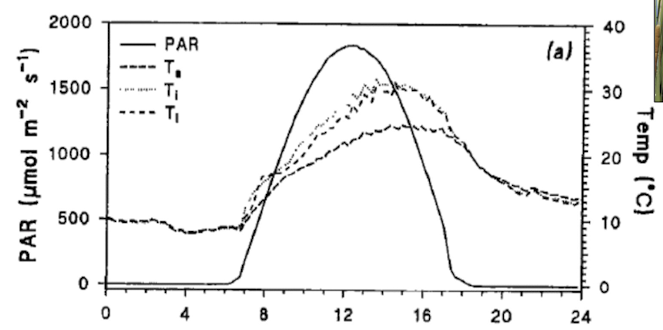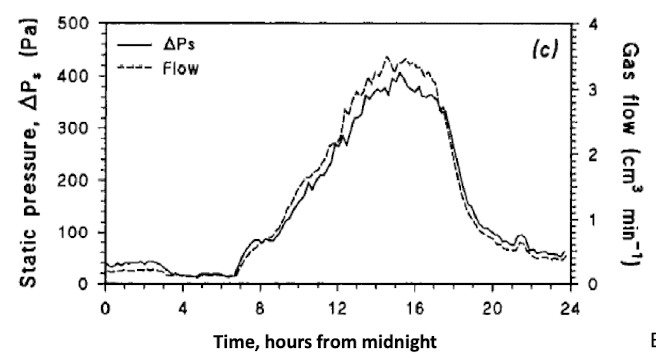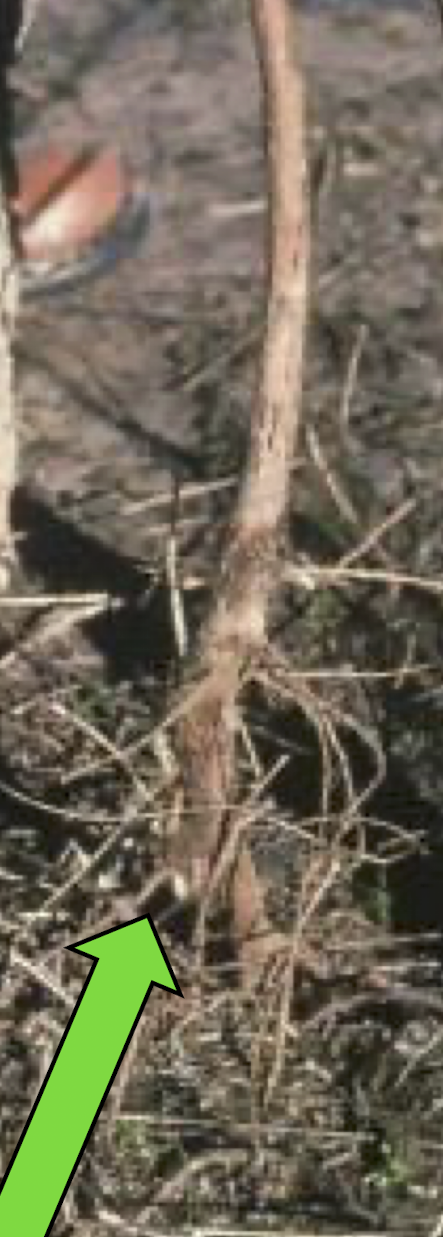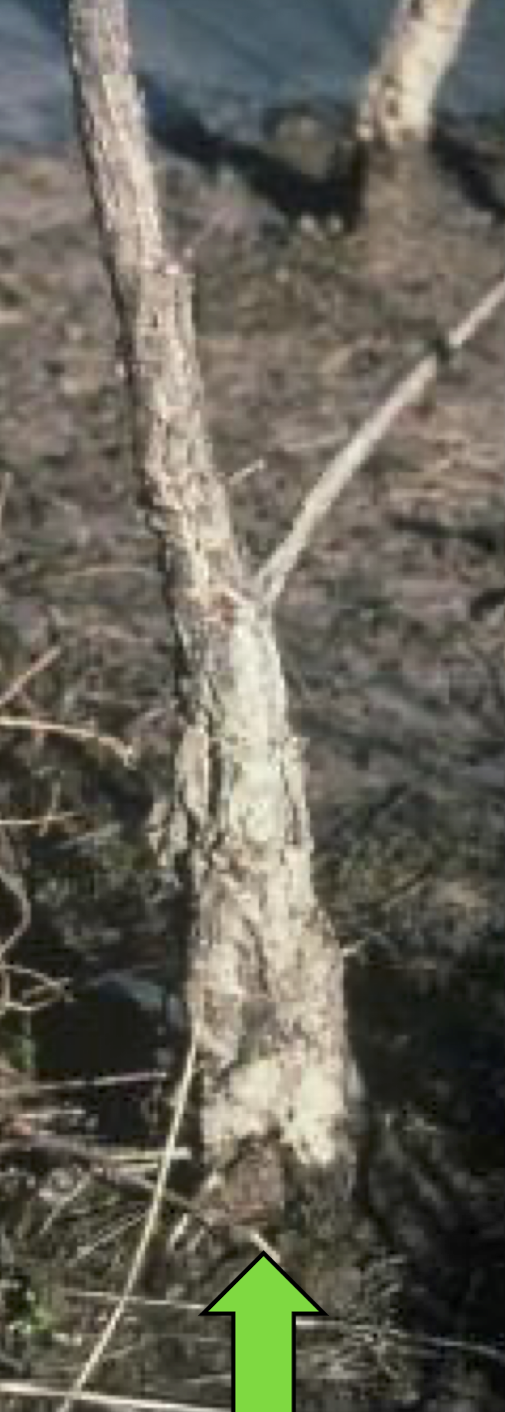Wetland Plant Identification Quiz 1
1/33
There's no tags or description
Looks like no tags are added yet.
Name | Mastery | Learn | Test | Matching | Spaced |
|---|
No study sessions yet.
34 Terms
Hydrophyte
Plants adapted to living in water or saturated soil
3 types of hydrophytes
1.) Emergent
2.) Floating-leaf
3.) Submerged
Emergent
Extend above water surface
Floating leaf
Floating leafs, roots attached or floating
Submerged
Below water surface
What conditions/stressors do wetland plants need to deal with?
1.) Low or no oxygen
2.) Low light conditions in water
3.) High salt concentration
4.) Reproduction
Hypoxic
Low oxygen concentration
Anoxic
No oxygen present
Hypoxic or anoxic soils
Soil rapidly becomes anoxic when flooded
Soil pore space fills with water
Respiration uses remaining O2
Water holds much less O2 than air
The problem with anoxic soils
Non-flooded soil
Roots respire to metabolize sugars into energy (to survive)
Respiration requires O2 from soil
Flooded soils: Non-adapted plants
No O2 for root respiration
Root cells (and plant) die (hours to days)
How do wetlands deal with anoxia?
Movement of gasses
1.) Passive diffusion of gases
2.) Aerenchyma tissue
3.) Pressurized gas flow
Stem adaptations
1.) Stem hypertrophy
Root adaptations
1.) Adventitious roots
2.) Pneumatophores
3.) Rhizosphere
4.) Shallow root systems
5.) Rapid shoot growth, stem elongation
Passive diffusion of gases
Primary mechanism of gas exchange
Occurs in air & water (& oxic soil)
Higher O2 concentration in air than water
Passive diffusion slow in water
Aerenchyma Tissue
Tissue with large intercellular spaces
Throughout the plant (leaves, stem, roots)
Easy movement & exchange of gases
Pressurized gas flow
Gas moves into internal gas spaces of young leaves
Gas forced down through aerenchyma from stem to roots by slight pressure caused by the heating of the leaves
Older leaves lose their capacity to support pressure gradients so gas from the roots returns out through the old leaves

Daily variation in solar energy, temperature
Solar radiation peaks mid-day
Air temp increases mid-day
Leaf outer & inner temps increases

Pressure & gas flow within leaves
Pressure builds within leaves/plant
Gas flow in plant follows daily temperature fluctuations
Gas flow follows a 24 hour cycle
Depends on time of year & light intensity
Stem hypertrophy
Swelling of the lower stem
Increased cell size, number of cells unchanged
Is not from aerenchyma tissue
Increases gas exchange (increased surface area)

No hypertrophy

Hypertrophy
Adventitious Roots
Roots developed on the stem above the anaerobic zone
Better obtain O2 for respiration
Pneumatophores
Root structure growing out of the water
Gas exchange with atmosphere
Rhizosphere oxygenation
Release O2 from roots into soil to create oxic root zones
Aerenchyma tissue provides O2 to roots
Rhizosphere
Narrow region of soil surrounding roots directly influenced by root secretions & root microbiome
Shallow root systems
Roots spread near soil surface to avoid anoxia in deeper soil
Increased O2 near water column
Rapid shoot growth, stem elongation
Shoots get above water surface quickly to allow for gas exchange (& photosynthesis)
Adjusts growth rate based on water levels
How do wetland plants adapt to low light levels in water?
1.) Increase leaf surface area
2.) Heterophylly
Increased leaf surface area
High surface area to volume ratio
Maximizes photosynthesis & gas exchange
Heterophylly
Different leaf shapes on the same plant
Floating/emergent leaves
Maximize light exposure, gas exchange
Submerged leave
Increased gas diffusion
Less resistance in water: waves, currents (less physical damage to plant)
High salt concentration: inland wetlands
Formed when groundwater collects salts from geologic deposits, then is forced to surface
Increased salinity from human actions
Crop irrigation using saline groundwater
Runoff from fertilized ag fields
Road deicing salt runoff
High salt concentration stressor
Water availability
Saline soils inhibit water uptake through osmosis
Plants functionally in desert (despite flooding)
How do wetland plants adapt to high salt concentrations?
1.) Salt exclusion
2.) Salt secretion
Salt exclusion
1.) Prevent salts from entering or accumulating
Higher K+ ions in root cells than Na+ in soil
Water enters roots through osmosis
2.) Allow salt to enter roots, but inhibit movement to stems & shoots (concentrated in roots)
Salt secretion
1.) Salt glands - actively move salt to outside of leaves
2.) Salt accumulates in older leaves
Salt concentrates in older leaves
Plants sheds these leaves once salt leaves are high enough
How do wetland plants reproduce?
Produce buoyant seed
Delay flowering when flooded and accelerate flowering when dry
Large, persistent seed banks
Germinate while on parent plant